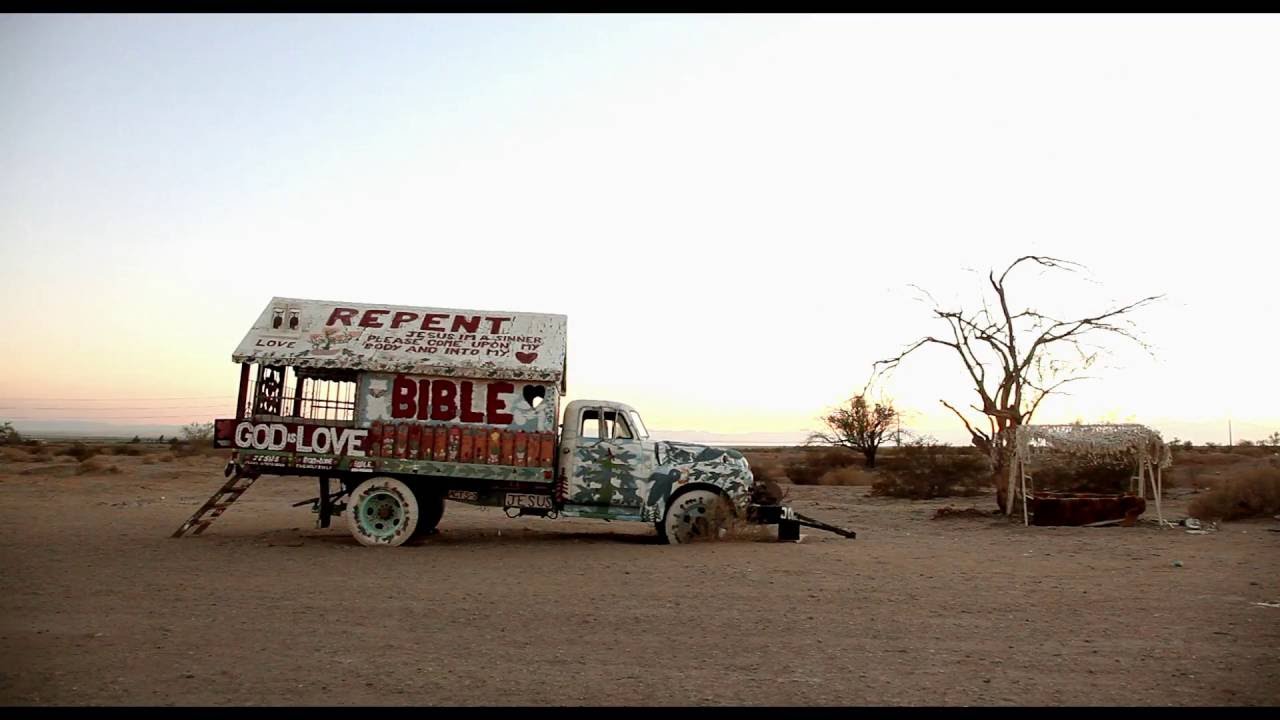By Chlotrudis Independent Film Society
Rating: 3.5 cats
Director: Aram Garrig

Country: spain, united_states
Year: 2014
Running time: 80
IMDB: http://www.imdb.com/title/tt2723050/combined
Jason says: “As one of the many interviewees in this documentary notes, developed countries worldwide have generally seen a rise in the standard of living reflected by a decrease in strong religious faith, with the United States of America as an anomaly: As other nations grow more secular, vocal Christians grow ever more prominent in this nation. Why this is the case is just one of the questions Spanish director Aram Garriga asks, and even if he doesn’t exactly answer any of them, what he finds along the way is generally interesting.
“As the film starts, though, it feels less like a pointed investigation than a survey. The filmmakers travel the country, finding specialty churches all around: Hippie churches, surfer churches, mixed martial artists getting together to share their beliefs. Some seem to be commercially inspired (the MMA guy sells t-shirts), but most come across as fairly sincere. Eventually, the film gets to things like snake-handlers, mega-churches, and the birth of the modern evangelical movement in the 1970s.
“Garriga and his team are, perhaps, building the film in the only way that makes sense; it’s a very different movie if you start from the folks pushing a unified political agenda and then proceed outward to the eccentrics, and choppy if you go back and forth. The trouble is that the evangelicals are the most visible facets of American Christianity whether you’re looking at the U.S. from inside or outside, so this movie initially seems to be dancing around the important stuff, and by the time it gets there, it is trying to juggle more topics than it can properly handle. And even with all that going on, it can still feel like it ignores the mainstream.
“The filmmakers does manage to craft things well enough that a core truth does stand out fairly clearly: The First Amendment to the U.S. Constitution pushed American religious leaders to be competitive long before their analogs in other countries, an ironically Darwinian situation that left then well-positioned to take advantage of mass media when it became available. Maybe that is why they persist so doggedly while older, larger groups fade toward irrelevance; they’ve evolved to suit their environment in ways that the religions elsewhere never needed to before.
“Not that Garriga and company personally spell this out beyond how no statement appears in a documentary without the filmmakers wanting it said; though one of the goals they had for this movie was undoubtedly to help outsiders understand America’s outlier attitude toward religion, they mostly let the locals speak for themselves, whether that’s discussing their personal faith, explaining the history of an institution, or giving analysis. It’s not always the most compelling footage – it can, at times, feel like having a steady stream of cheerful, pleasant missionaries coming up to one’s front door. But sometimes he can take the footage he shoot and put together something that catches the audience completely flat-footed, such as when a story that even the most agnostic will generally find kind of inspiring takes a sudden right turn into fundamentalist lunacy.
“That last phrase (which Garriga doesn’t use) is probably reason enough for some folks to either dismiss both the movie itself and my opinion of it. That’s a bit unfortunate; while AMERICAN JESUS is no must-see, it’s at least got enough in the way of ideas and information to be of some interest to the people approaching its subject matter from the same sort of curiosity as the filmmakers. 3.5 cats
“Seen 28 March 2014 in the Brattle Theatre (BUFF 16, digital)”
